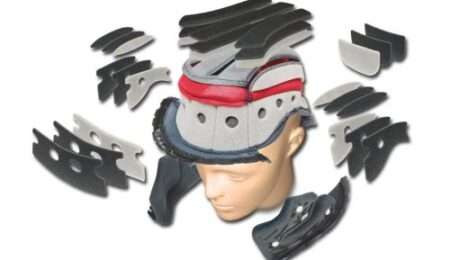5 Tips For Successful Shots to Sell Your Motorbike Fast
Framing, Lighting, Background, Retouching…
You have decided to sale your motorcycle and you need to enhance the ad with a stunning photo? Do you simply want to immortalize your motorbike?
Taking a successful photo can’t be invented, but it’s not reserved for certified experts either. To make your job easier, Bi3bike gives you some basic tips for taking a stunning photo of your motorcycle.
We will not go back here on the choice of the camera. Inevitably, you will get better shots with an SLR than with a smartphone, even if the latest Iphone or other models are better than many compact or bridge type devices. But if the technique is perfect, the image will remain successful.
1/ Give it a makeover
Unless you ride off-road and want to do a special “mud slush” session, a cleaning of the bike is a must. When it was class photo day, you got all dressed up, parted on the side and shirt required. There it is the same. Since we immortalize the bike, we might as well show it in its best light. This point is all the more true when the photo is intended to illustrate a classified ad: a clean motorcycle is, (un)consciously for the buyer, a maintained motorcycle.
2/ Choose the right “spot”
The cover is just as important as the object. No question of taking his shots in the back of the garage or next to a dumpster. The place has all its importance since it gives the theme of the photo and makes it possible to highlight the machine. It is therefore necessary to pay particular attention to this place by taking care to choose the background: avoid a color too close to your motorcycle color.
If you want the bike to look sharp and the background blurry, to get the famous pro bokeh effect, you need to be able to choose your depth of field. All SLRs offer it, but also bridges and some Nikon J1-5 type compacts. Shallow depth of field says large aperture: the number should be as small as possible 1.4, 2, 2.8 if possible depending on the aperture of the lens. Note that a zoom allows to offer a lesser depth of field than a wide angle. In which case, do not hesitate to physically move away from the motorcycle to zoom in and frame as accurately as possible.
In the context of a sale, do not shoot in a place where the motorcycle is regularly parked, in order to avoid tracking in anticipation of a theft.


3/ The importance of lighting in the back
Unless you have high-end equipment, you should avoid using flash as much as possible. The latter will tend to add unwanted reflections and a fortiori the more chrome the machine has. It is therefore better to find a place where natural light, or lighting, is sufficient. We will therefore favor shots in good weather rather than under a grayish sky which will flatten the colors. We prefer on this subject rather the light of the beginning or end of the day compared to the hard light of noon.
You then have to position your machine according to the lighting, so that the light source is behind the photographer and not behind the motorcycle (which would create a backlight). We will reserve this famous backlight for the effects and sunsets, to keep a personal memory of his motorcycle (but to avoid for the photo of a sale).
4/ The framing
Naturally, photos tend to be taken from above, from above. However, this grip angle is far from being the most rewarding for a two-wheeler. On the contrary, it is better to bend down to get level with the motorcycle when taking the grip.
Forget portrait (vertical) shots. With the exception of publications in the written press or photo prints. The screen favors the horizontal format (landscape).
Now that you have everything installed, you can start taking pictures of your motorcycle from several angles: front, front and rear three-quarters, profile…
Also, if you want a more aesthetic photo, consider the rule of thirds. If you split your image into 3 parts both horizontally and vertically, your motorcycle should be on one of the dividing lines instead.


5/ Alterations
Once your shots have been taken and saved, you can improve them a little: the magic of digital. On this side, it is not a question of tampering with the image like a Photoshop pro, but simply correcting a few faults or accentuating a particular point, for example by reinforcing the saturation of the image or by applying a slight blur in the background to make the bike stand out (if you didn’t have the equipment for shallow depth of field when shooting).
There are many free software programs ranging from the most automated and easy to access, to those allowing all manual adjustments. This applies to computers as well as smartphones and tablets.





